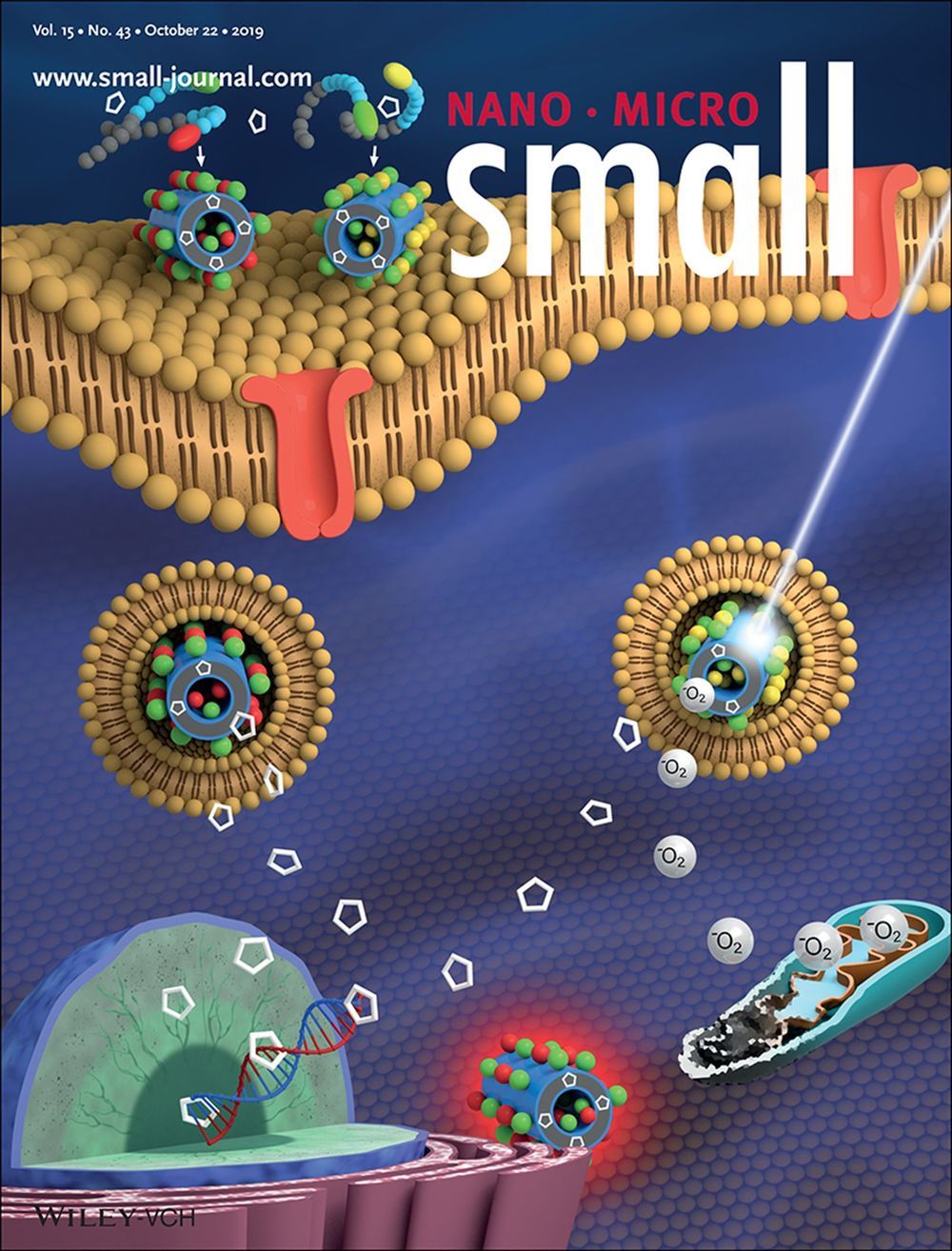A precise and non-toxic treatment that targets lung cancer cells at the nanoscale is able to effectively kill the cells even at a low dose. Researchers from Washington State University and the Department of Energy’s Pacific Northwest National Laboratory (PNNL) used tiny tubes made from organic molecules called peptoids to deliver cancer-killing drugs in a targeted manner.
The biologically-inspired nanotubes, which are about a hundred thousand times thinner than a human hair, were rolled up from membrane-like nanosheets. The drug molecules, fluorescent dyes and cancer-targeting molecules were precisely placed within the nanotubes, enabling them to track the efficiency of drug delivery into the cancer cells.
The new technology allows the two drugs – one for chemotherapy and the other for a less-invasive photodynamic therapy treatment – to be delivered directly to the cancer cells. Photodynamic therapy uses a chemical that, when exposed to light, releases reactive oxygen species (ROS) that kill cancer cells. The researchers’ dual-drug approach enabled the use of a lower dose of the cancer drugs than using a single drug, leading to effective killing of cancer cells with low toxicity.
